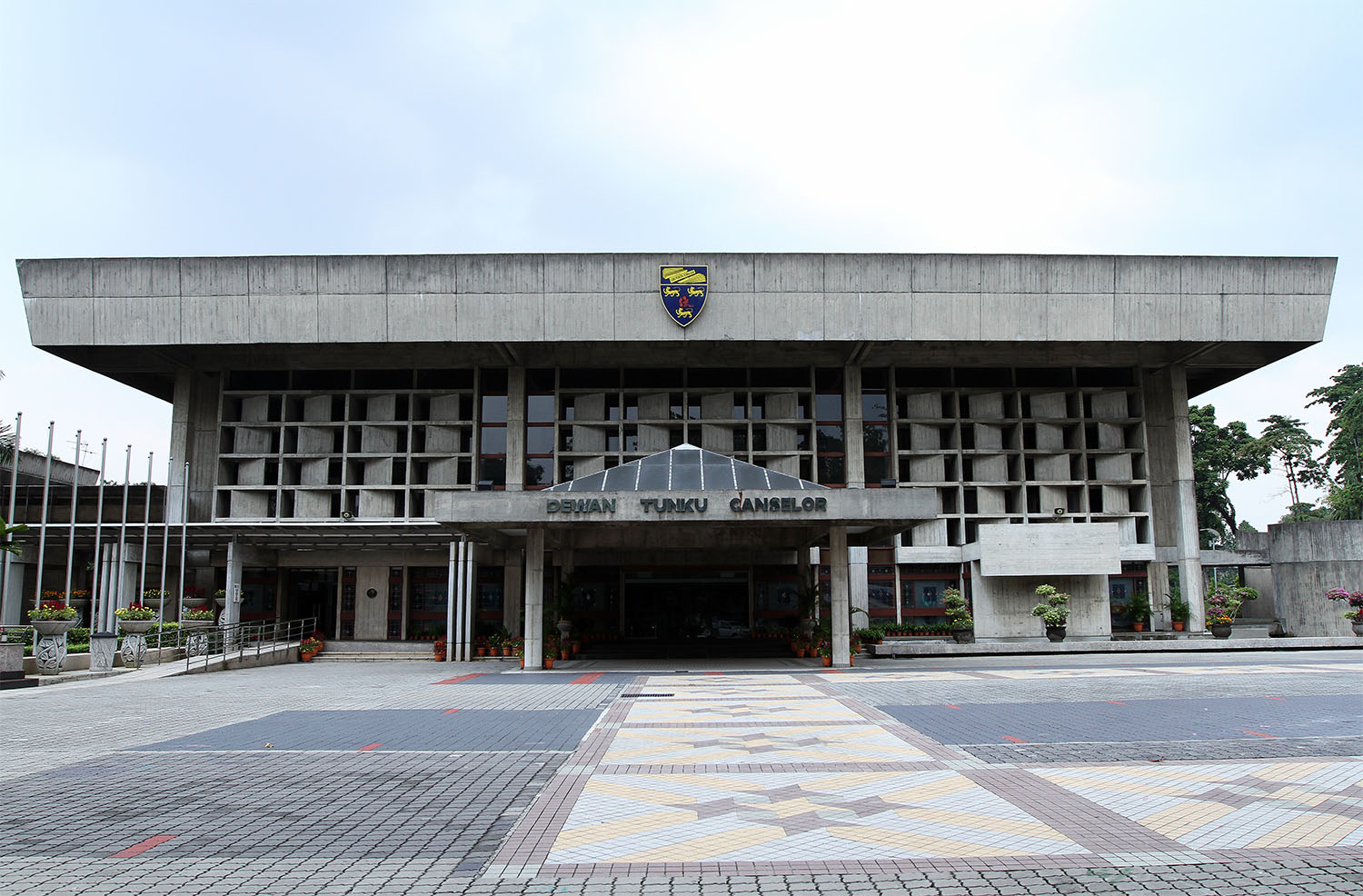KUALA LUMPUR, Sept 6 — Universiti Teknologi Malaysia (UTM) and Universiti Putra Malaysia (UPM) are now among the top 300 universities in the world as rated by the Quacquarelli Symonds’s (QS) 2016/2017 World University Ranking.
The nation’s oldest university, Universiti Malaya (UM), also went from its previous 146th position to 133rd, within reach of breaking into the top 100 universities in the world.
“Universiti Malaya is one of three Malaysian universities to improve its research impact. It rises 30 ranks for citations per faculty. It is now close to becoming one of the world’s top 500 research institutions,” QS said in its statement.
UPM was last year ranked 331st and is now 270th, while UTM rose 15 places to 273rd.
Universiti Kebangsaan Malaysia (UKM) also jumped 10 places, and just missed out on joining the other three. It is 302nd this year.
Petronas-owned Universiti Teknologi Petronas (UTP) also made its debut in the ranking, and placed in the 601-650 band.
Universiti Utara Malaysia (UUM), the International Islamic University Malaysia (IIUM) and Universiti Teknologi Mara (UiTM) all remained at the bottom of the ranking.
UUM and UiTM did not move from the shared 701st spot from last year, while IIUM fell from its 551-600 band in 2015 into the 601-650 band.
Universiti Sains Malaysia (USM) also tumbled from its previous 289th position to the 330th ranking this time around.
 “Though Universiti Sains Malaysia remains the country’s best research institution (ranked 440th worldwide for citations per faculty), it drops 39 places for this metric,” QS said, adding that though Malaysia has improved its average citations per faculty score in line with all other major Asian nations, it still lags behind its regional counterparts.
“Though Universiti Sains Malaysia remains the country’s best research institution (ranked 440th worldwide for citations per faculty), it drops 39 places for this metric,” QS said, adding that though Malaysia has improved its average citations per faculty score in line with all other major Asian nations, it still lags behind its regional counterparts.
Top Singaporean institutions, the National University of Singapore (NUS) and Nanyang Technological University (NTU), took 12th and 13th positions respectively.
The Massachusetts Institute of Technology (MIT) from the US remains the top institution of higher education in the world, for a fifth consecutive year, followed by Stanford University and Harvard University in the second and third, respectively.
The QS World University Rankings is an annual league table of the top universities in the world and its rankings are based on four key pillars: research, teaching, employability and internationalisation
The scoring methodology consists of six indicators: academic reputation (40 per cent), employer reputation (10 per cent), faculty student ratio (20 per cent), citations per faculty (20 per cent), international students (5 per cent), and international faculty (5 per cent).
This year, over 3,800 institutions were considered for inclusion into the list with 916 ranked.
The 11th Malaysia Plan (11MP) aims to see two Malaysian universities ranked among the top 100 tertiary education institutions on the QS rankings.



















